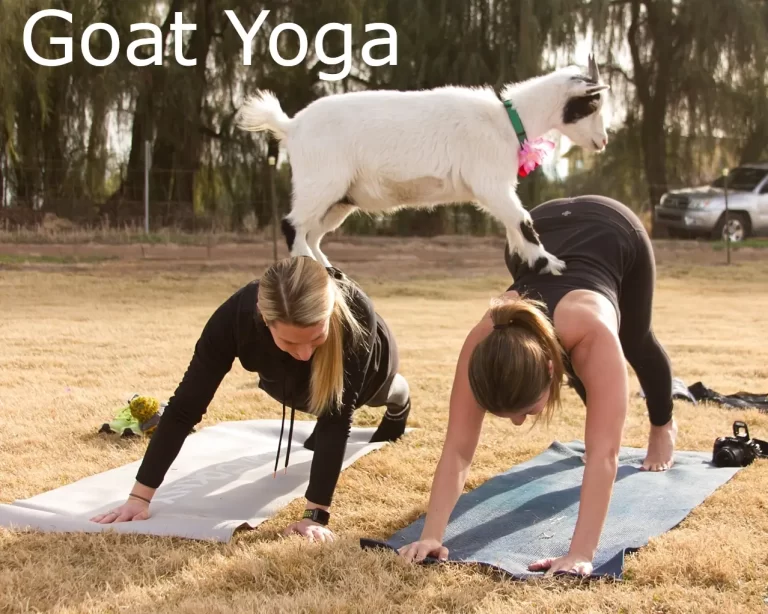Kapotasana:
Kapotasana is a strong hip opener that improves flexibility throughout the body. From Sanskrit, kapota means “pigeon” and asana means “pose” or “posture.”
Table of Contents
Steps of Advance Pigeon Pose (Kapotasana)
First, get into the Ustrasana (Camel Pose).
Breathe in and raise the lower part of your belly up. Make sure you pull it in before you lift it.
During this, move your tailbone downwards to stabilize your lower back and slowly breathe out.
Breathe in, and lift up your arms, in a way that they are close to your ears. You may put your palms together if possible.
Breathe out and then turn backward, ensuring that your lower back is long but in a stable position. Note that there is no pain or strain while doing this Asana,
if you feel some pain then do as much as you can.
Breathe out and then go further, sternum first.
Slowly raise your shoulders and crush your elbows towards each other. Put your head back, and remain in the pose for no less than five breaths.
Again breathe in, and keep your arms reach the floor.
Now press your feet into the ground or floor, and then twist your knees only as much as it is necessary to reach your palms of the hands, reaching outward each foot.
After that continue going in reverse as you check with your lower once more every once in a while.
Put your hands backward towards your knees in a way that your fingers touch your heels and clutch them tightly.
Presently as you hold both your feet, crush the elbows towards each other, and push the hip forward while keeping the gape and length of your lower back in place.
As you breathe out, twist your elbows and fix them on the floor.
Remain in the position for about 30 seconds to one minute, or as much as you can, or comfortable.
Gently come out from the posture while keeping your breath normal. Roll on your spine and assume the Balasana or the child’s pose before you come back to normal.
Delicately turn out from the stance while keeping normal breathing.
Move on your spine and expect the Balasana or the kid’s stance before you return to the ordinary.
Video of Kapotasana yoga
Health Benefits:
The Benefits of Kapotasana:
Advanced Pigeon Pose stretches and strengthens the groin and back.
Tones the muscles of the throat and ribcage, chest, and abdomen.
Improves the working of the digestive system.
Advanced kapotasana increases the flexibility in your arms, thighs, spine, shoulders, hands, and calf muscles.
Maintains blood pressure and lowers the effects of chronic diseases.
Beneficial in urinary-related disorders.
Reduces stiffness in the hips, shoulders, and back.
Beneficial in sciatica and makes your lungs stronger.
Gives calmness to the mind and the body.
It is a good stress buster.
Description:
A pose from the Ashtanga tradition is an advanced asana which resembles Chakrasana, or Wheel Pose. The shins and forearms are on the ground, the front body stretched upwards in the air. The pose is reached by going into a backbend with knees on the ground. It requires flexibility to bring the head back until it reaches the ground. Kapotasana is an asana which helps to open up the chest and also strengthens the back and groin. It opens and increases the flexibility of the hips, at the same time strengthening the back, and stretching the thighs and the groin.
There is a quite different pose sometimes referred to as pigeon pose, but properly called King Pigeon or Rajakapotasana.
Strengthens:
Inguinal region, Human back.
Stretches:
Thorax, Abdomen, Psoas major muscle, Inguinal region, Thigh, Ankle, Throat, and Front of the body.
Pose type:
Backbend.
Contraindication:
- Injury to the spine, the neck, or the shoulders.
- Insomnia.
- Stiff back or a sore back.
- Migraine.
- Hypertension.
- Weak functions of any organ.
- Women who are pregnant or menstruating.
- Lumbar Spondylitis.
- Any kind of allergies related to breathing.
- Depression.







